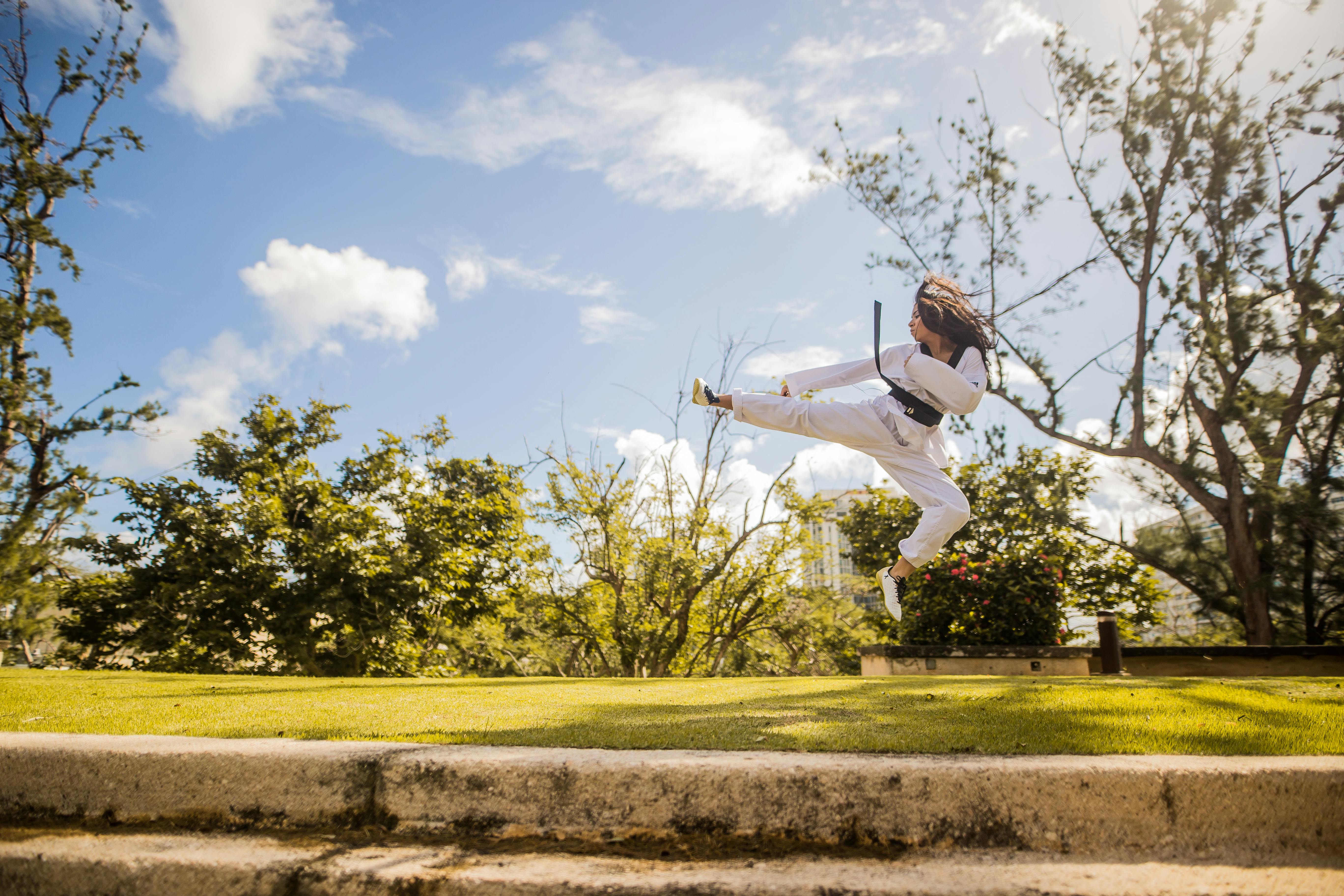The Changing Landscape of Friendship in the Digital Age
At the heart of society lies one of the most powerful and enduring of human connections: friendship. In an era where digital interactions increasingly dominate, the nature of friendship is evolving in fascinating ways. Read below to delve into this remarkable transformation.

Unveiling the Historical Roots of Friendship
Friendship has always been an integral part of human societies. In ancient Greece, for instance, Aristotle categorized friendships into three types: friendships of utility, friendships of pleasure, and friendships of the good. He considered the third type, based on mutual respect and admiration, as the highest form.
During the Victorian era, friendship took on a different hue. It was often viewed through the lens of morality and social propriety. The advent of the 20th century saw the emergence of friendships based on shared interests, hobbies, and experiences.
The Advent of Digital Connections
The turn of the millennium heralded the era of digital connections. Social media platforms like Facebook, Twitter, and Instagram began to redefine the concept of friendship, allowing people to maintain connections across geographical boundaries.
The digital age has not only expanded our ability to connect with others but also transformed the way we perceive and engage in friendships. Today, one can have hundreds or even thousands of “friends” on social media, a stark contrast from the physically limited social circles of the past.
The Implications of Digitally Mediated Friendships
While the digital age has expanded our social landscapes, it also presents unique challenges. Online friendships can often lack the depth and intimacy of face-to-face interactions. Research shows that the overreliance on digital interactions can lead to feelings of loneliness and disconnection.
However, it’s not all negative. Digitally mediated friendships can also offer support, companionship, and a sense of belonging for people who may struggle to form connections in the physical world, such as those with disabilities or social anxieties.
The Shaping of Modern Society Through Digital Friendships
The digital transformation of friendship is undeniably shaping modern society in various ways. It is changing the way we communicate, share, and interact, opening new avenues for social connection. This new form of friendship transcends traditional barriers such as geographical distance, time zones, and physical limitations.
Moreover, it has significant implications for our identities. Our online profiles, posts, and interactions have become an integral part of how we represent ourselves to the world. Our digital friendships are essentially shaping our social identities.
Striking a Balance: Combining Digital and Face-to-Face Friendships
It is crucial, in this digital age, to strike a balance between online and offline friendships. While digital friendships provide unparalleled connectivity, face-to-face interactions are vital for fostering deep, meaningful connections.
By blending the global reach of digital friendships with the intimacy of in-person interactions, we can enrich our social lives and navigate the evolving landscape of friendship in the 21st century.
The future of friendship in the digital age is undoubtedly complex. As we continue to explore this new terrain, it is crucial to remember the core values that underpin all friendships: trust, understanding, and mutual respect. With these in mind, we can harness the potential of digital friendships while staying grounded in the rich traditions of the past.




